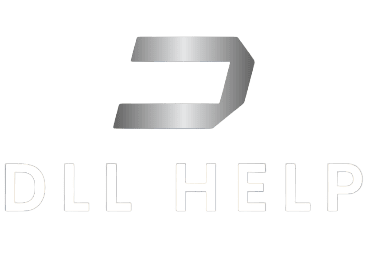1. Core Functionality and Role of ‘ep0lvrab.dll’
The ep0lvrab.dll file is a dynamic link library (DLL) that serves a crucial role in the operations of certain software applications or operating systems. It contains functions and resources that are commonly called upon by other programs for specific tasks and functionalities, such as handling input/output operations, providing access to system resources, or facilitating communication between software components.
This DLL file is significant in the operation of these applications or operating systems as it encapsulates important functions and resources that can be shared and reused across multiple programs. By having a central location for these functionalities, it reduces redundancy in code and ensures consistent behavior across different applications that utilize the DLL.
2. Core Functionalities and Integration Aspects
Within the ep0lvrab.dll file, the core functionalities may include but are not limited to handling specific hardware controls, providing access to system-level operations, or containing essential algorithms or data structures used by the calling programs. Its integration aspects involve the way in which it is accessed and utilized by the programs or the operating system, often through function calls or API interfaces.
Compatibility with different system architectures and Windows versions is an important consideration for ‘ep0lvrab.dll’. It is crucial to ensure that the DLL is compatible with both 32-bit (x32) and 64-bit (x64) systems. Additionally, compatibility with different versions of Windows, such as Windows 7, Windows 10, and Windows 11, is essential to ensure seamless operation across various environments.
3. Common Issues and Resolutions
Common issues encountered with ‘ep0lvrab.dll’ may include “file not found” errors, “missing file” errors, or compatibility issues on different system architectures. The exact location of the ‘ep0lvrab.dll’ file on Windows can vary based on the version. For example, on Windows 7, the default location may be C:WindowsSystem32, while on Windows 10, it could be C:WindowsSystem32. It’s essential to verify the specific location for each Windows version to address file access issues effectively.
To resolve these issues, users can attempt troubleshooting steps such as verifying the presence of the DLL in the correct location, ensuring the compatibility of the file version with the system architecture, and seeking reputable sources for downloading the DLL if it is missing or corrupted.
4. Managing ‘ep0lvrab.dll’ Effectively
When managing ‘ep0lvrab.dll’, it is crucial to prioritize system compatibility and ensure that the DLL is obtained from reputable sources. Keeping the DLL up to date, verifying its integrity, and implementing robust backup and version control measures can contribute to a more effective management process. Additionally, regular monitoring for compatibility with different system architectures and Windows versions is essential to maintain smooth operation across diverse environments.
Download EP0LVRAB.DLL for free
- Size: 44.50 KB
